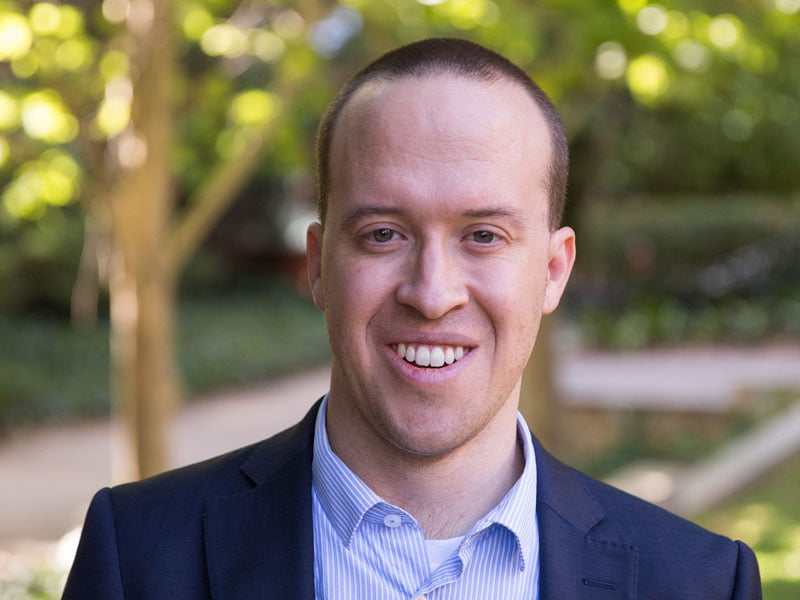Solar and other forms of renewable energy have been in the news recently. Much of the attention has been on the Government’s equivocation on Australia’s renewable energy target, and the political squabbles are unlikely ever to disappear.
But meanwhile Australia’s households are increasingly embracing solar energy. According to the Australian Bureau of Statistics, the proportion of Australia’s nearly 10 million household that use solar energy to generate electricity now exceeds 14 per cent.
Sunny Australia should be well suited to solar energy, but the industry here has been bedevilled by changing government policies, both at the federal level and with state government inconsistency on solar feed-in tariffs.

According to one innovative Queensland company, while this is unfortunate, it does not really matter in the long term. The imperatives driving solar are so strong, it says, that the technology will continue to grow no matter what policies are in place.
Redback Technologies is not yet a year old, but is making a big impression on the renewables industry.
According to founder Philip Livingston, Redback is not a solar company but a technology company.
“We build the hardware and software that allows the next generation grid to take form,” he says.
“We’re battery agnostic and we are solar panel agnostic. We don’t care what you use. Solar hardware is a commodity that is dropping in price, and our strategy is to build the smarts in the management of hardware to ensure the maximum self-consumption of solar-generated electricity. That’s the disruptive bit.”
Redback’s main product, released in October last year, is its Smart Hybrid System, which integrates with new or existing solar panels and batteries. It uses an inverter with integrated electrical switches which is contract-manufactured by GoodWe, a Chinese company which is also a shareholder in Redback.
GoodWe is an important business partner, says Mr Livingston. “When we were developing the business model, we first hired Christopher Freitas, Redback’s Chief Technology Officer. Chris formerly was head of R&D for solar inverter company Xantrex, which was acquired by French company Schneider, which also owns Australia’s Clipsal.
“Chris was also founder of Outback Power, a very popular globally available off-grid inverter brand. When we were setting up Redback, Chris and I looked at many energy storage technologies around the world, studying battery and inverter topographies to gain insight into industry standardisations that might lead to commoditisation.
“We attended conferences and visited factories for batteries and inverter components. Goodwe was one of the factories we visited, and we found their technology was very advanced, yet lacked commercialisation, so it made sense to partner with them.”
Mr Livingston says the Redback approach to solar energy has the potential to revolutionise the industry. “We are building the infrastructure for the next generation grid, investing in an upgradable solution that places the power in the hands of Australians who generate it and giving them control over how it is used.
“The Redback Smart Hybrid system is affordable, reliable and accessible to everyone so that all Australians have the opportunity to reduce their carbon footprint. There’s a lot that this technology will enable in the future, but right now it means we can install systems at a much lower price than others and upgrades can be assured as our technology is based in the cloud.”
Electrical wholesaling giant Sonepar, which owns the Lawrence & Hanson brand, has signed a major distribution agreement with Redback, servicing electricians and solar panel installers through its 185 locations across Australia.
In February this year Queensland University’s UniQuest investment arm signed a Memorandum of Understanding for a joint research partnership, a move that gives Redback access to the university’s solar assets and research. The company also has a partnership with Microsoft, and uses the company’s Azure cloud platform to provide connectivity to its products.
Unlike many start-up entrepreneurs in Australia, Mr Livingston is not critical of the policy environment in this country. “I’m very thankful to the opportunities Australia has given me. It has all the fundamentals, and Brisbane has a great start-up community, with so many smart tech graduates. It’s very easy to access good people. The innovation scene is fabulous. Conditions could not have been more favourable.”
Born and bred in Manhattan, 37 year old Mr Livingston followed the sun to Australia after working in the Californian solar industry. “You needed a higher degree to get ahead. I looked around the world at where the best solar industries were, and it was Australia or Germany. Language and weather said Australia.
“I had an epiphany after leaving college, that renewables were the future. I fell in love with solar when I was working on the technology with the Peace Corps in the Philippines. I suppose you could call me a greenie – I’m certainly very concerned with the environmental erosion the planet is facing. Solar is a great way to help.”
Redback now has 20 staff, and is quickly adding more. “We are building the software in Australia and retaining the IP here,” says Mr Livingston.
“We are bringing significant overseas investment into Australia for the development of next generation technologies with Australian researchers and software developers. I wish more people knew that. Australia can be a leader in this field.”
Do you know more? Contact James Riley via Email.

